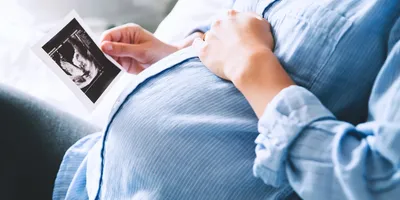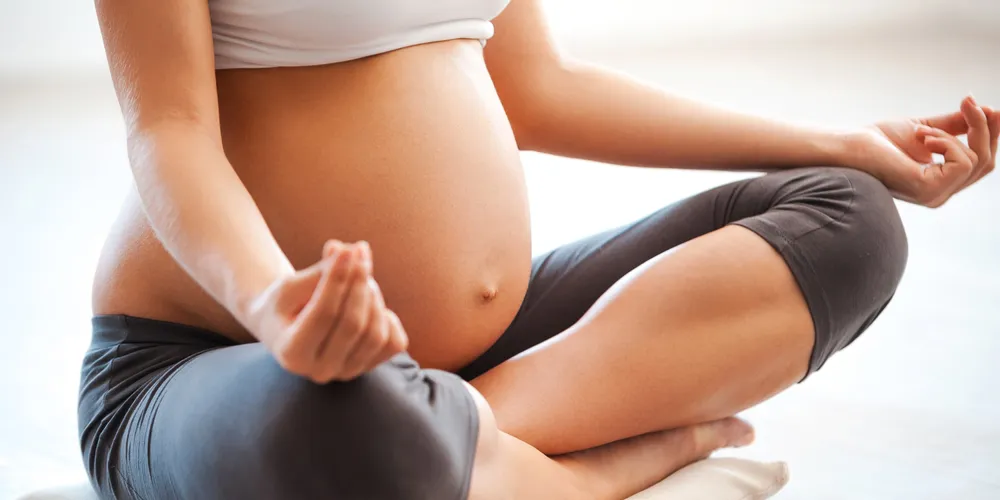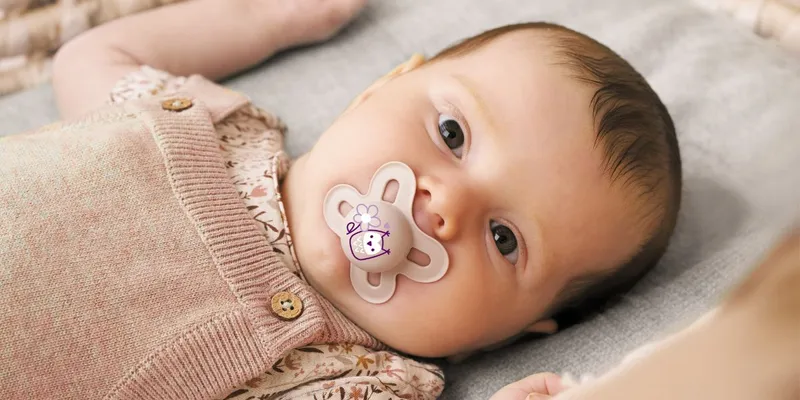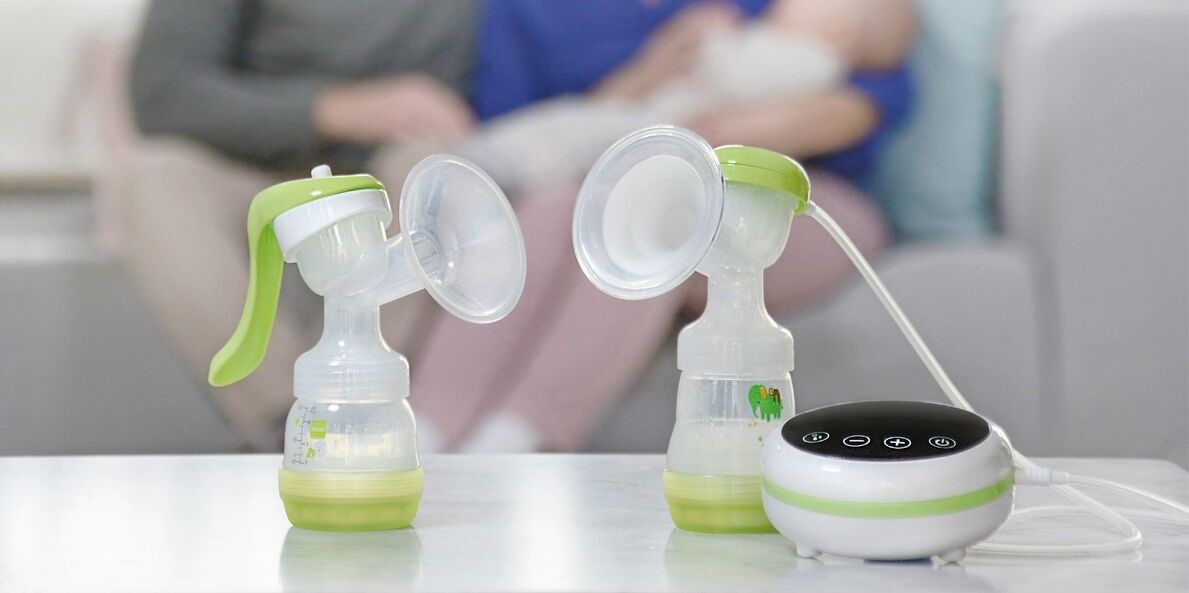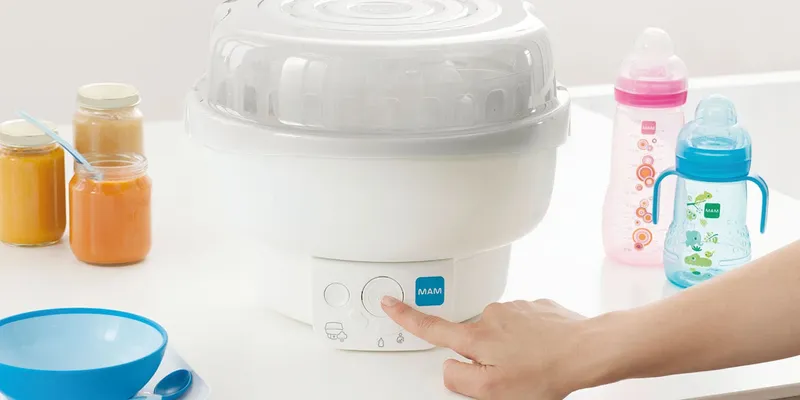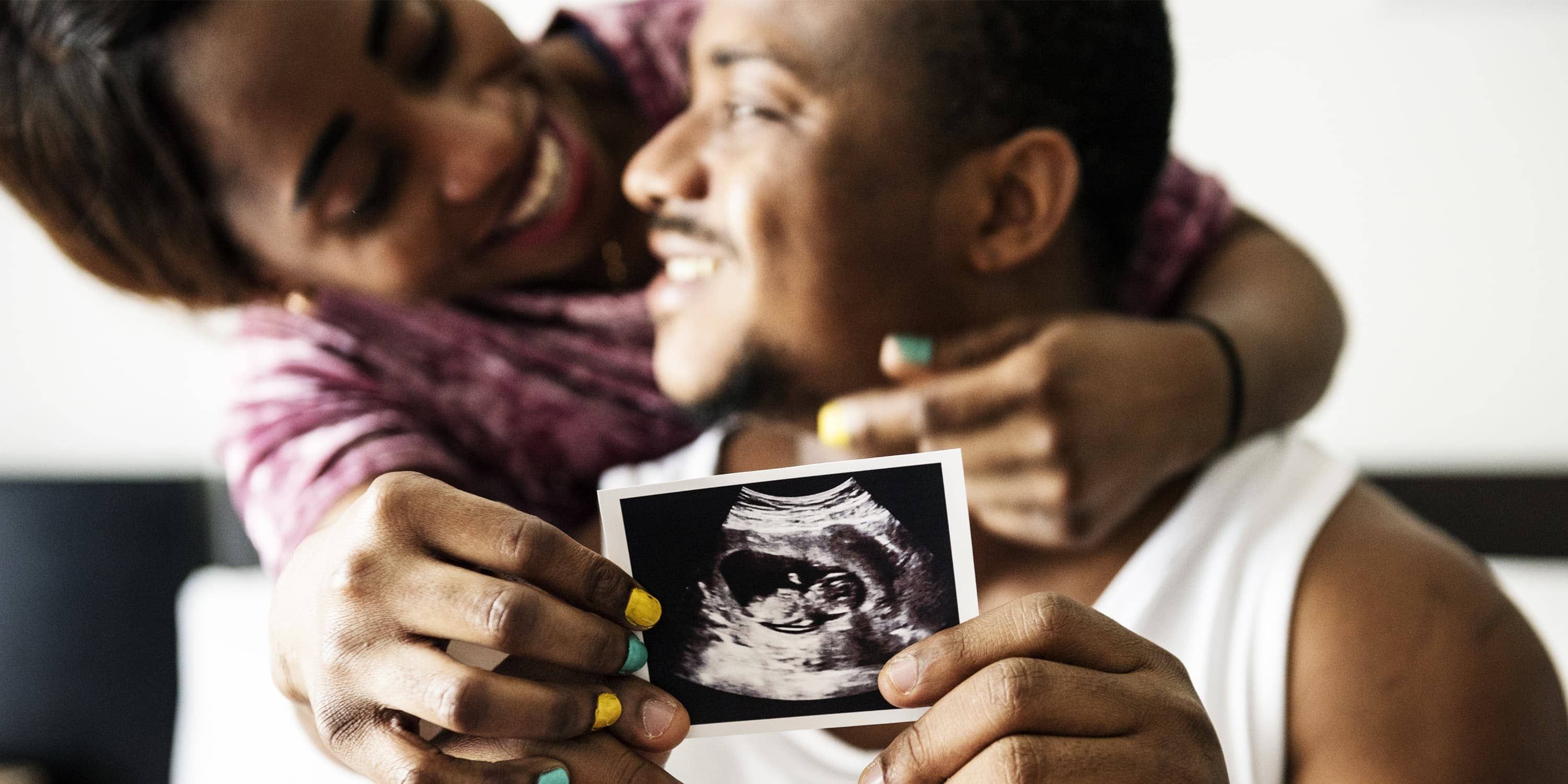Baby bumps are a beautiful thing. However, a common side effect of the expectant mother's growing belly is stretch marks. What causes them, and are there any effective methods for preventing them?
What are pregnancy stretch marks ?
Stretch marks occur when the connective tissue is overstretched due to the growth of the baby bump, the breasts, or an increase in the size of the buttocks and thighs – all of which can cause cracks to form in the subcutis.
These "gaps" in the tissue are also visible on the surface of the skin and initially present as reddish or blue-reddish stripes, but usually fade with time. However, because these are scars, they do not disappear completely.
Medically, they are entirely unproblematic, but cosmetically they may be perceived as unattractive, especially in severe cases.
Who is particularly affected by this?
- Young women (the connective tissue is not as strong)
- Women who gain a lot of weight quickly
- Women with a predisposition to weak connective tissue
What helps prevent stretch marks?
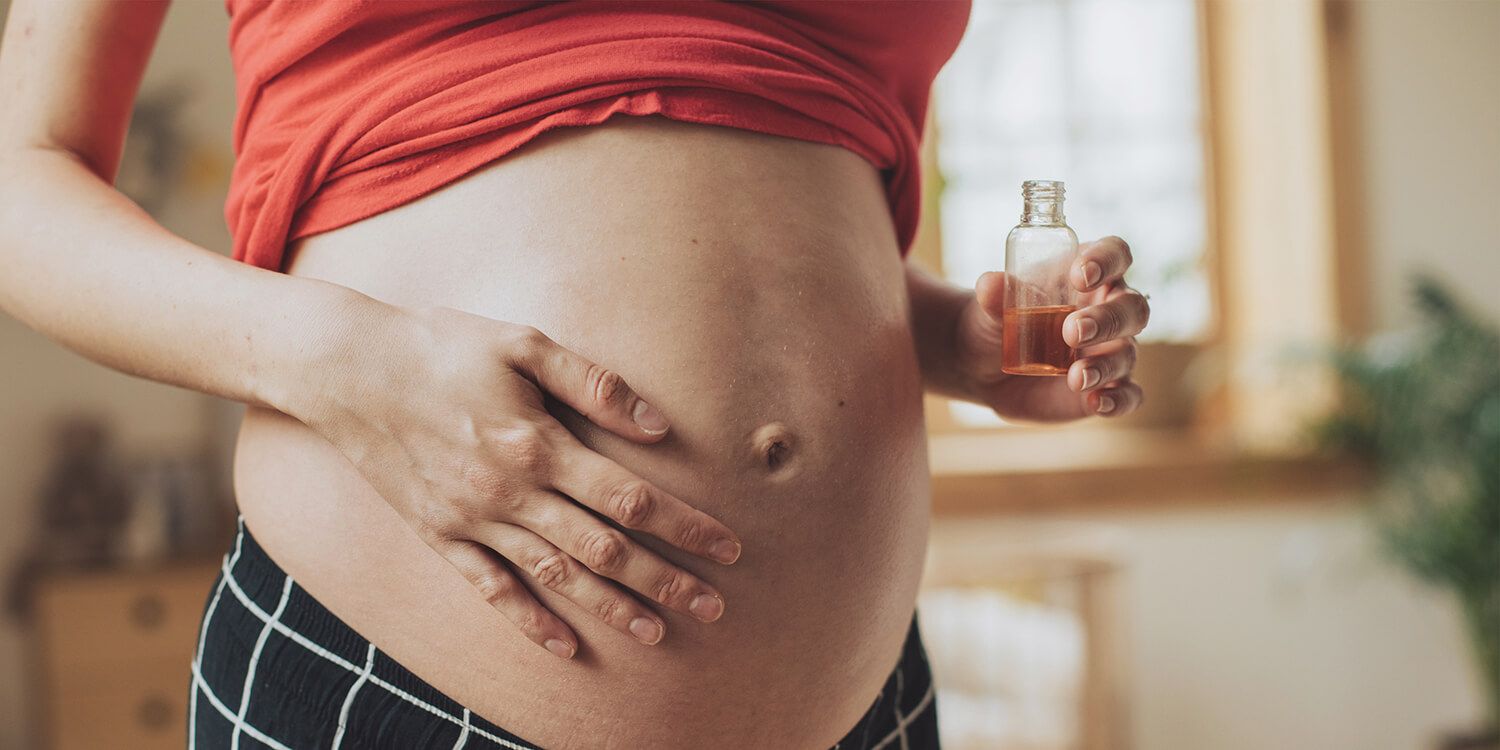
Is it possible to eradicate existing stretch marks?
Because they are scars, complete stretch mark removal is usually not possible. However, the appearance can be improved. Possible remedies offered by dermatologists include:
- Special creams, acid peels, and scar care products that promote collagen production and make the marks fade
- Treatment with a special laser
- Microneedling: tiny needles are rolled over the skin with a small roller. This process should aid the absorption of healing or caring active ingredients.
- Ultrasound: minimally invasive treatment for smoother skin
Which method is most appropriate in your case depends on various factors, such as the severity of the stretch marks, skin type, location and, of course, financial factors. Consult a dermatologist for detailed advice!
One final option is to wear the small scars with pride and see them as a reminder of your pregnancy, birth, and journey into parenthood – stretch marks are completely normal and are merely a sign of the incredible things your body is capable of!
Photos: Shutterstock, Unsplash


